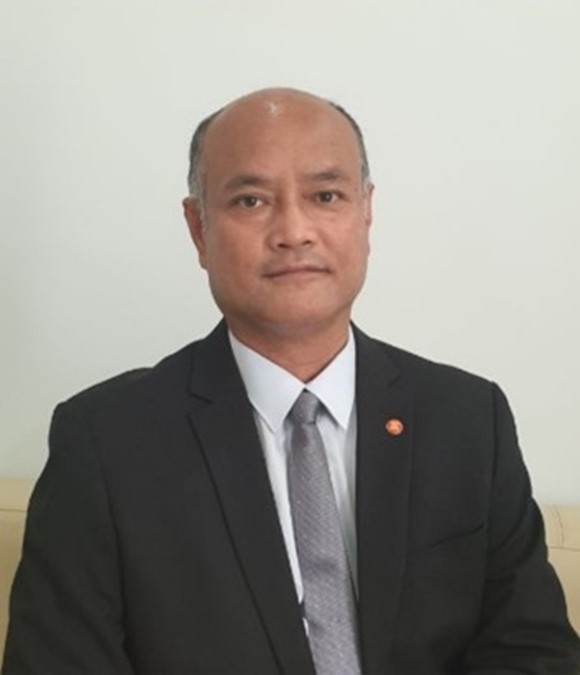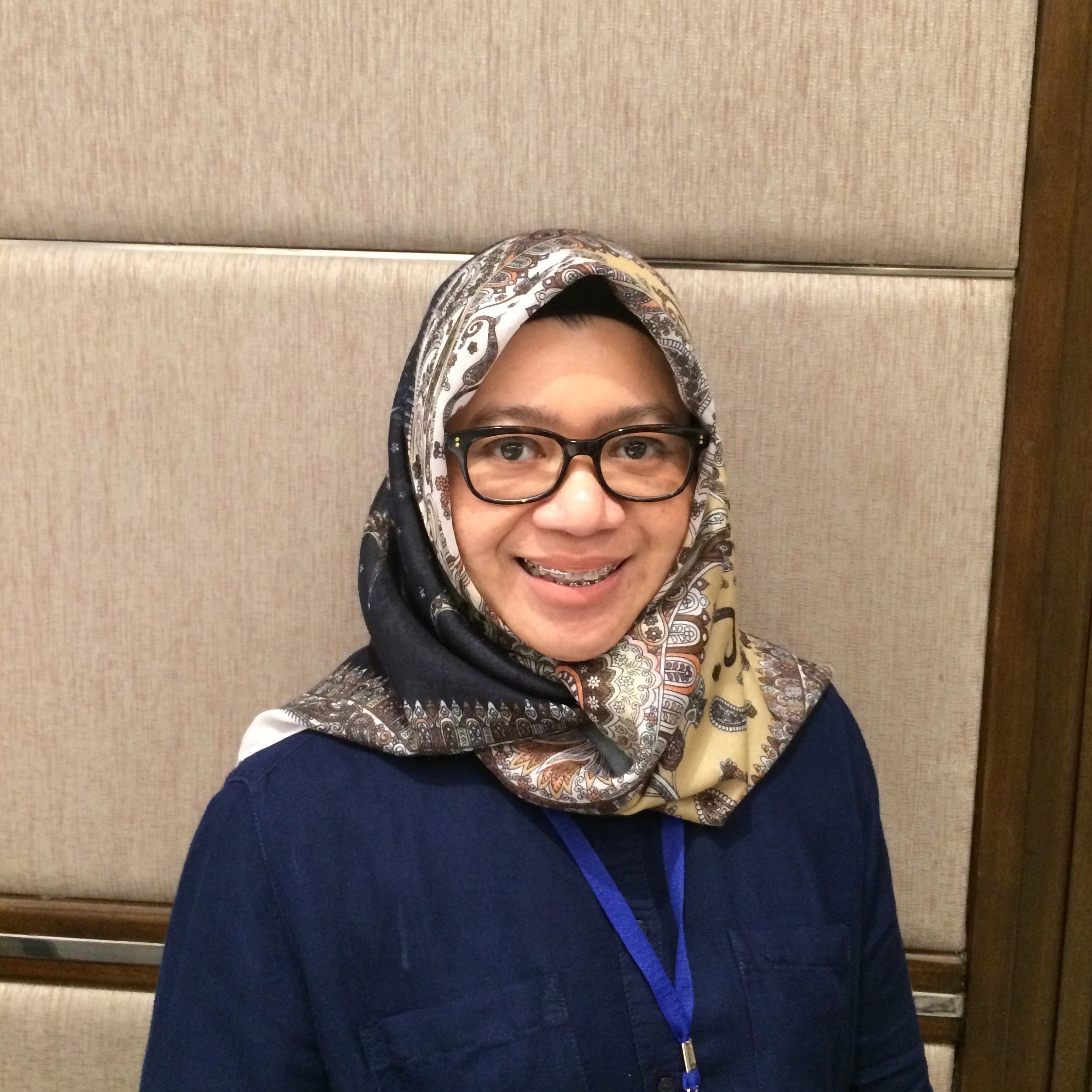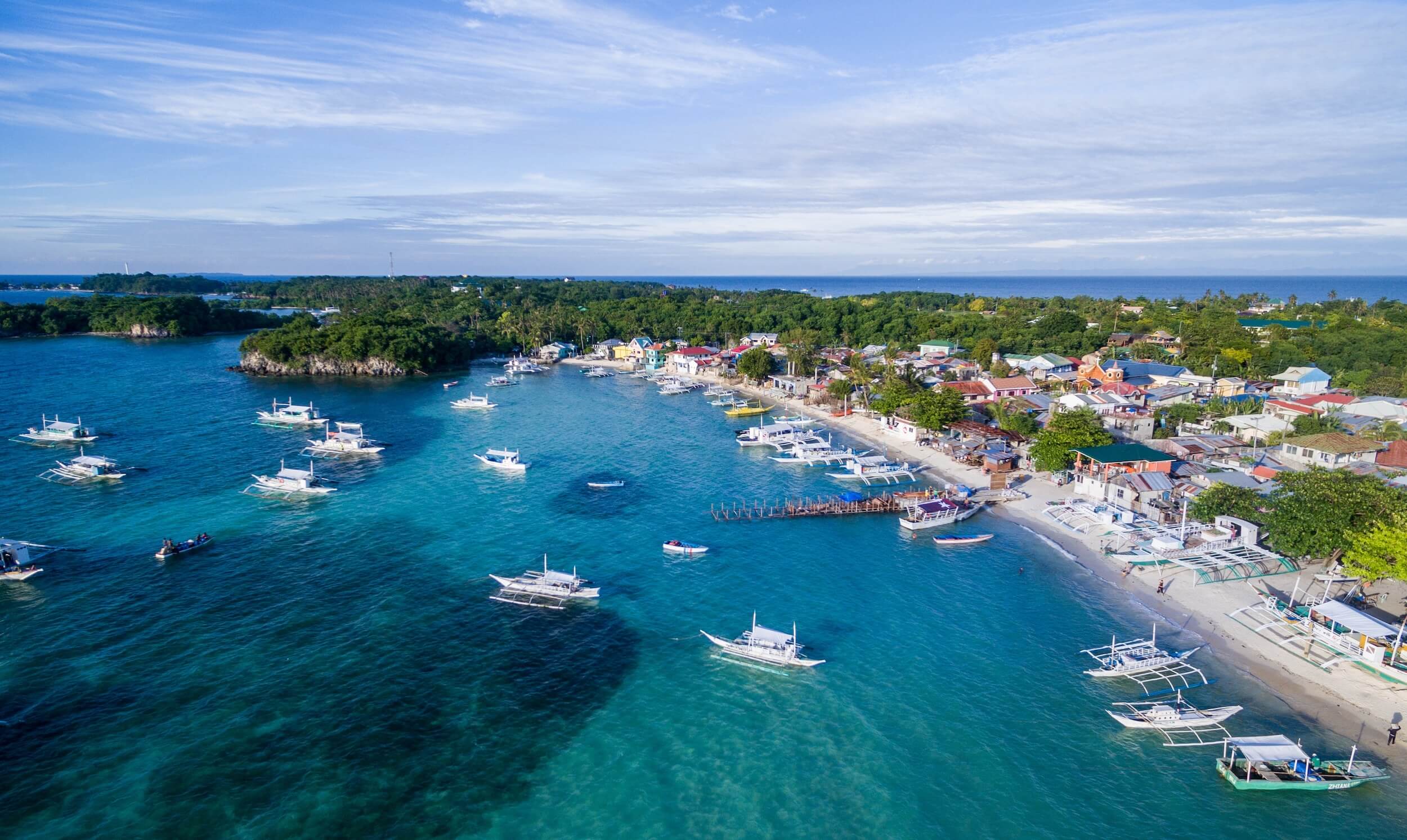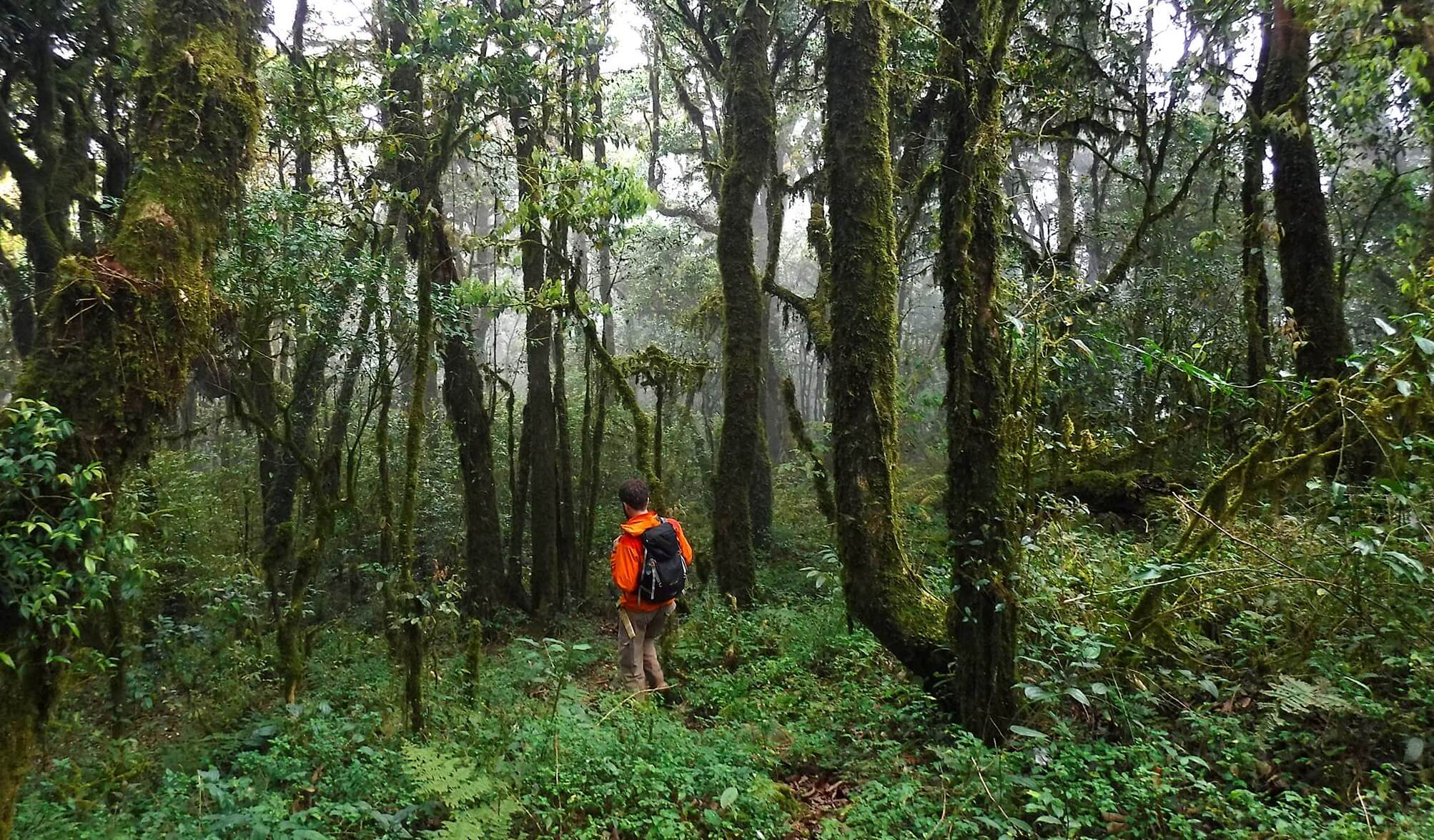





The ASEAN Agreement on Transboundary Pollution (AATHP), signed by the ASEAN Member States in 2002, is a global model and the first regional arrangement in the world. The AATHP has played a crucial role as a primary driver of ASEAN to tackle the haze challenges in the region jointly.
The agreement comprehensively addresses all aspects of fire and haze, including prevention, emphasising the underlying causes, monitoring, and mitigation. The ASEAN Member States have made substantial progress in carrying out the agreement and its strategies, through partnerships, sharing of experiences, information, responsibilities and benefits, and working towards the common good. The agreement is under the Roadmap on ASEAN Cooperation towards Transboundary Haze Pollution Control with Means of Implementation. Its initiatives include the development and operationalisation of the regional standard operating procedures (SOP) that guide monitoring and assessment efforts and joint emergency response, capacity building, training programmes, and on-the-ground activities to promote rehabilitation and sustainable use of peatlands through the development and implementation of the ASEAN Peatland Management Strategy (APMS).
The most significant management issue of regional importance is the transboundary haze pollution arising from peatland fires. The ASEAN region contains over half of the world’s peatlands, a valuable ecosystem critical for preserving global biodiversity and storing carbon. However, peat soils, which are rich in organic matter, are vulnerable to fires. These fires create toxic smoke that covers large areas of the region, poses serious health hazards, and emits tons of greenhouse gases.
In 2015 and 2019, the region experienced prolonged drier-than-normal conditions due to climate change and El Niño effects, which led to the significant increase of hotspot activities, deterioration of air quality, and widespread haze pollution over many parts of the ASEAN region. The ASEAN ministers in charge of transboundary haze pollution expressed concerns over the severity and geographical spread of the haze affecting various ASEAN countries.
Although solutions and effective mechanisms have been tried and tested over the years, there are still continuous challenges to overcome before the region can declare itself as a haze-free region.
The problem of transboundary haze pollution has yet to be brought under systematic control for effective implementation. There is also a need to strengthen policies and practices at the national and local government levels to address the root causes of haze pollution, to enhance planning, prevention, and preparedness efforts prior to the start of the dry season. Furthermore, the 2020 COVID-19 pandemic has brought a higher risk of spreading wildfires as governments are shifting financial and human resources towards COVID-19 responses, limiting the ability to respond to fire events and undertake prevention measures. While not documented publicly yet, firefighting budgets have likely been impacted according to some reports (COVID-19 Hampers Indonesia’s Fight against Forest Fires as Haze Season Looms, N. Rayda, 2020).
Finding solutions to the haze problem requires a concerted effort from multiple parties and a large amount of financing. It is important to note that while intergovernmental cooperation is essential, a government is unable to address this challenge alone. Operationalisation of a regional multi-stakeholder platform for building capacity, harmonising programmes and projects, coordinating activities of stakeholders, and channelling multiple sources of finance are vital to addressing the transboundary haze challenge.
Confronting the challenges on two fronts, from the community and regional coordination, is viewed to expedite the change needed to free the region from transboundary haze events in the future. The regional multi-stakeholder platform will promote best practices, improve fire and haze prevention, and support evidence-based policy dialogue, drawing on data collected through a harmonised data management system that extends from local to regional. The community behaviour change and shift in practice will lower the risk of fire occurrences resulting in the drop of transboundary haze events.
The final reviews of the roadmap and APMS in 2020 have further highlighted the importance of enhanced cooperation among ASEAN Member States. Collective efforts have built local community support and sustained traditional livelihood options, and promoted the region’s benefits by reducing the risk of fire and associated haze. However, the reviews also emphasised that more work is needed to scale-up community engagement and develop clear national mechanisms for community empowerment and the recognition of indigenous peoples and local communities’ rights.
All these efforts come at a cost. Supporting national and regional actions on haze reduction will require planned investments and contributions estimated at 1.5 billion US dollars over the next 10 years.
The roadmap and APMS, together with the ASEAN Socio-Cultural Community Blueprint 2025 and priority actions identified in National Action Plans on Peatlands (NAPPs), serve as the basis for developing an investment framework. A 10-year investment mechanism will allow for predictable funding flows and potential for the joint programme, help aggregate f inancing, and reduce transaction costs. The investment framework will include the public, private, development cooperation, environmental, and philanthropic f inancing required to fund anti-haze programmes and projects.
The regional coordination platform, renewed strategies, action plans, and the 10-year investment framework will contribute to increased financing flows to combat haze at all levels and promote f ire-free farming, sustainable management, and peatland conservation best practices.
ASEAN Member States shall drive the implementation of the AATHP with support from the ASEAN Secretariat. However, an effective collaborative partnership is equally important.
It is time to step up our efforts, improve and strengthen partnerships with Dialogue and Development Partners, international organisations, private sector, and civil society organisations to support the ASEAN Member States and communities through cross-sectoral collaboration and multi-stakeholder engagement. With collective resolve, ASEAN will go a long way to enhance the sustainable management of the environment, a haze-free region, and improve our next generations’ quality of life.








